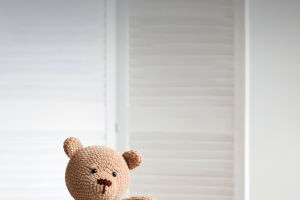The joy of origami comes from the process of origami: it is full of endless changes and brings countless surprises.
Origami is not only a kind of puzzle game for entertainment and leisure, which can exercise and improve people's practical ability.
The development of intellectual origami originated in China in the 1st or 2nd century AD, was introduced into Japan in the 6th century, and then spread to the whole world through Japan.
It is also said that origination originated in Japan and Spain.
However, in Japan, the earliest records of origami relics are also after the 18th century, and some Ukiyo paintings from the Edo period reflect the situation of origami in Japan.
As there are many shapes of paper, in order to unify the standard, square paper is used as the basic requirement of all kinds of origami, that is, work is made of square paper.
Other shapes are also limited, such as requiring a rectangle to use more than a golden rectangle or a rectangle whose length is an integral multiple of its width or based on the proportion of national banknotes.
The color of the paper generally requires that the whole paper is pure color or that both sides are different purebred colors.
And there can be no patterns that will involve some details of the finished product (for example, there can be no eyes in the paper on the head, no scaly patterns on the fish, etc.).
This is to make the design work reasonable and not limited by a single factor.
In the selection of paper, the commonly selected paper is thin and medium toughness.
Origami players are recommended to use hand-kneaded paper and Kraft paper.
More powerful friends can use wax paper and copy paper. This is the usual choice, players can also try to use other kinds of paper if possible.
In particular, qualified players can also make their own paper.
1. Ordinary A4 paper (mainly refers to the paper of this material, not necessarily the size of A4), generally has about 70g to 80g, is relatively thick and has poor toughness, and generally can not fold too complex things.
It is easy to fold broken paper many times in the process of folding.
2. Hand kneading paper: generally buy 64cm size, generally 58g, compared to the A4 toughness is much better, basically can meet the needs of all types of origami (of course, complicated depends on personal technology).
The biggest advantage of hand kneading is that the color is many, and the price is cheap, but the plasticity is relatively poor, and not easy to shape.
3. Kraft paper: generally buy is fully open, with different thicknesses, generally speaking, 40g or less is more appropriate.
There are two types, brown cowhide, and white cowhide, cowhide is characterized by good toughness, and strong plasticity, but the color is monotonous, not water-resistant, and it is easy to get wet by water.


